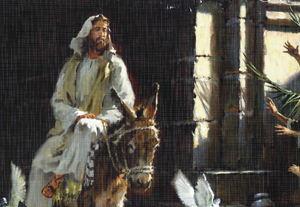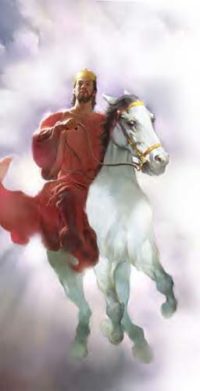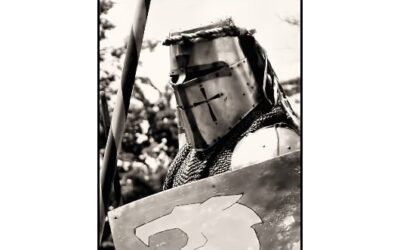Meeting Jesus As Judge The depth of intimacy with our Lord affords a liberty and honesty in our relationship like no other. No one will ever know us to the minutest detail as He. We have great assurance and confidence in Him, knowing that He will never leave us or...









